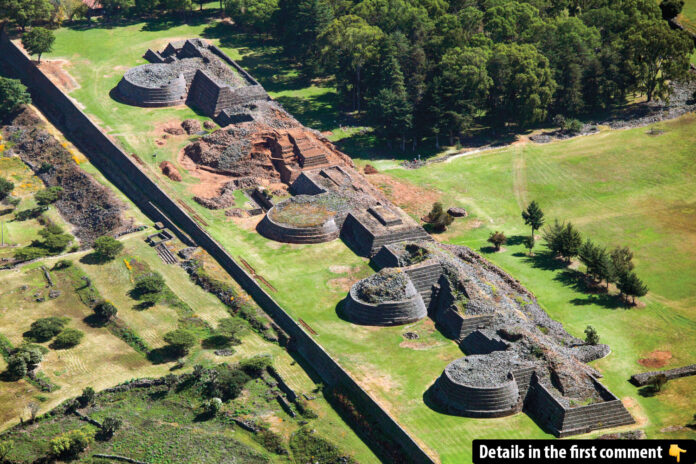Perched on the scenic shores of Lake Pátzcuaro in Michoacán, Mexico, lies Tzintzuntzan, the historic heart of the Purépecha Empire. Known as the “place of the hummingbirds” in the Purépecha language, this ancient city was once a thriving political and religious center. From its iconic yácatas (circular pyramids) to its vibrant cultural traditions, Tzintzuntzan remains a testament to the ingenuity and resilience of the Purépecha people. This article delves into the city’s fascinating history, its architectural marvels, and its enduring legacy in modern Mexico.
The Rise of the Purépecha Empire
The origins of the Purépecha people are shrouded in mystery, setting them apart from other Mesoamerican civilizations. Their language, unrelated to any other in the region, hints at a unique cultural heritage. By the 14th century, the Purépecha had established dominance in the Lake Pátzcuaro Basin, consolidating power under the leadership of Tarícuri, a legendary king and warrior.
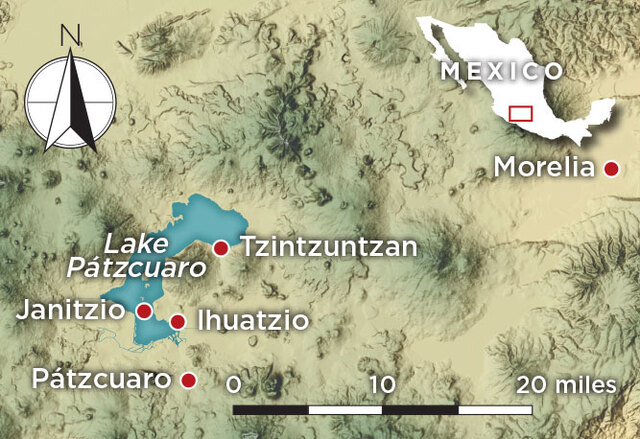
Tzintzuntzan emerged as the empire’s capital in the mid-15th century, overshadowing neighboring cities like Pátzcuaro and Ihuatzio. Unlike their Aztec rivals, the Purépecha developed a distinct culture, marked by advanced metallurgy and efficient administrative systems. At its peak, the Purépecha Empire extended across modern-day Michoacán and parts of Guanajuato, Guerrero, and Jalisco, bringing together a diverse mix of people under a single monarch.
Uncover the forgotten Tarascan/Purépecha Empire of Mexico – watch the video to learn about this fascinating civilization and its impact on Mexican history!
Architectural Wonders of Tzintzuntzan
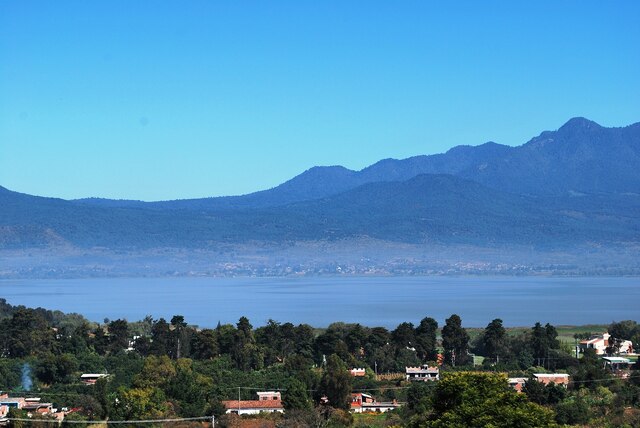
One of the most striking features of Tzintzuntzan is its iconic yácatas, five semi-circular pyramids that overlook Lake Pátzcuaro. These structures, built atop the Grand Platform, were a remarkable feat of engineering and symbolized the might of the Purépecha state. The yácatas were constructed using rubble cores faced with intricately fitted stone slabs, decorated with spirals, circles, and other geometric designs. Unlike the squared pyramids of the Aztecs or Maya, the yácatas’ rounded forms reflect the unique architectural style of the Purépecha.
The Grand Platform itself is an impressive artificial terrace carved into the side of Yahuarato Hill. It served as a ceremonial and defensive space, housing not only the yácatas but also palaces, priestly residences, and other structures. The platform’s elevated position provided a commanding view of the surrounding landscape, emphasizing its importance as a center of power.
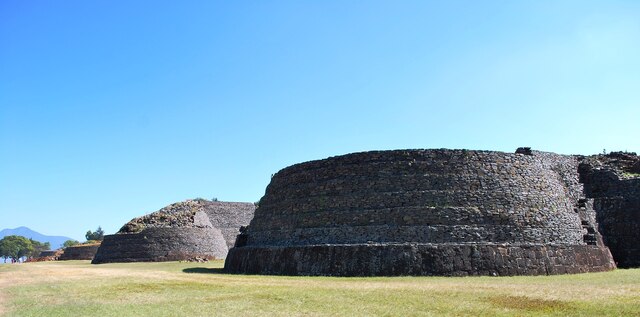
Cultural and Religious Practices
The yácatas were not merely architectural marvels; they were integral to the Purépecha’s spiritual and political life. According to the 16th-century chronicle La Relación de Michoacán, these pyramids were topped with wooden temples where priests performed rituals, including human sacrifices and offerings of cacao. These ceremonies underscored the divine authority of the Purépecha kings, who were seen as representatives of the god Curicaueri.
The yácatas also played a role in governance. They demonstrated the king’s ability to mobilize labor and resources, reinforcing his political authority. The ceremonial fires lit atop the pyramids served as signals, uniting the empire in times of war or celebration. This fusion of religion and politics highlights the centrality of Tzintzuntzan in the Purépecha worldview.
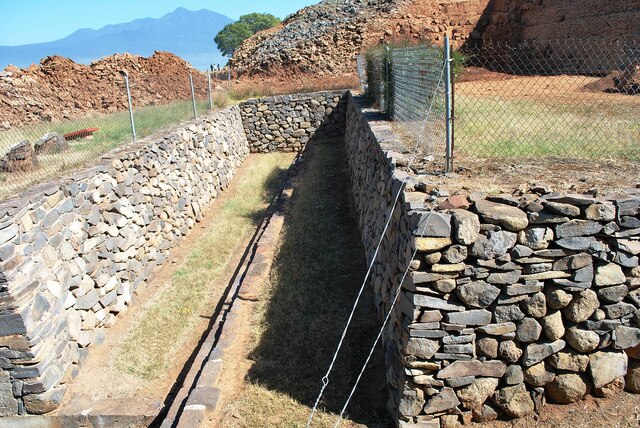
The Spanish Conquest and Its Aftermath
In 1522, the Spanish arrived in Tzintzuntzan, marking the beginning of a tumultuous period for the Purépecha. Unlike the Aztecs, who fiercely resisted Spanish conquest, the Purépecha surrendered without a fight. This decision was likely influenced by devastating epidemics and internal political instability following the death of their emperor.
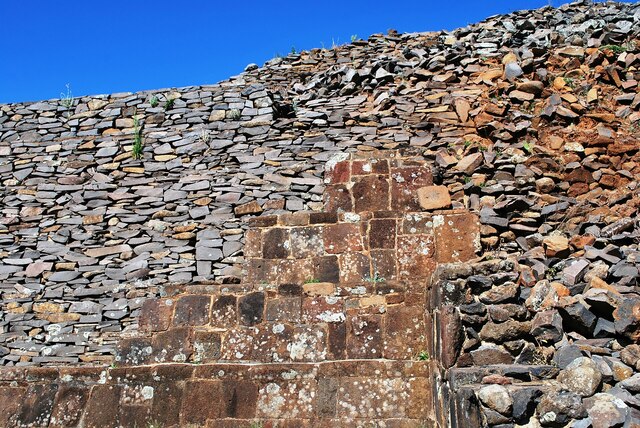
Despite their submission, the Spanish destroyed much of Tzintzuntzan’s ceremonial center. Stones from the yácatas were repurposed to build colonial structures, including the Monastery of San Francisco. The city’s population declined sharply, and its status as a political center faded as the Spanish established Pátzcuaro as the regional capital.
Excavations and Rediscovery
Interest in Tzintzuntzan’s archaeological significance began in the late 19th century, but systematic excavations did not start until the 1930s. Archaeologists uncovered the Grand Platform, the yácatas, and numerous burials containing elaborate grave goods. These finds, including copper bells and tweezers, showcased the Purépecha’s metallurgical expertise.
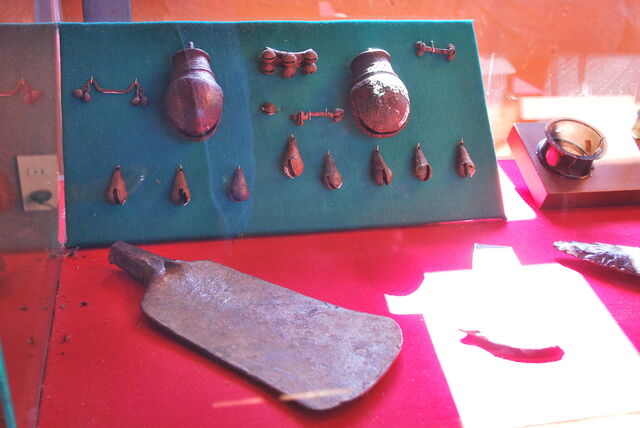
More recent excavations have revealed older structures beneath the yácatas, providing insights into the city’s earlier phases. These layers, combined with artifacts like ceramics and tools, have helped researchers piece together the complex history of Tzintzuntzan.
Tzintzuntzan Today: A Living History
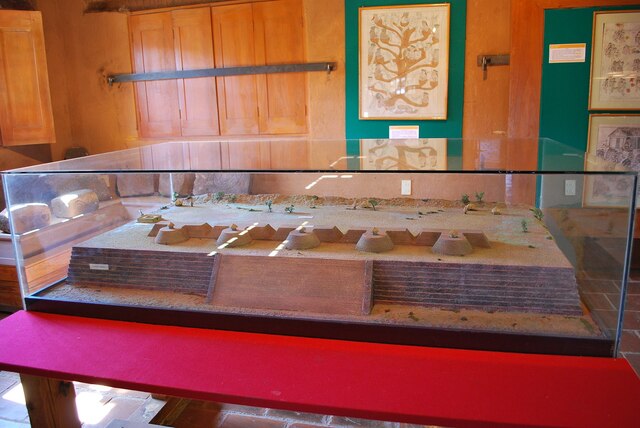
Today, Tzintzuntzan is a protected archaeological site and a vibrant cultural landmark. The yácatas, partially reconstructed, stand as a reminder of the Purépecha Empire’s grandeur. Visitors can explore the ceremonial plaza, the site museum, and other remnants of this once-thriving city.
Tzintzuntzan also hosts the annual Festival Cultural de Fin de Año, a celebration of Purépecha heritage. Traditional dances, such as the Danza del Pescado and the Danza de los Tumbies, bring the city’s history to life. The festival’s highlight is the uarukua ball game, played with a flaming ball, reflecting the Purépecha’s enduring connection to their cultural roots.
Exploring the Region
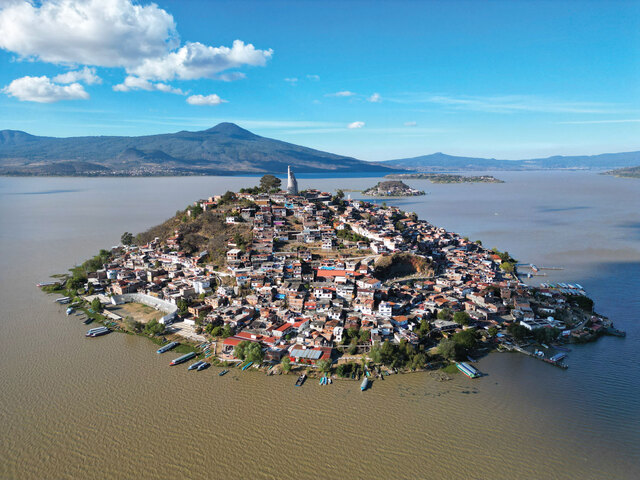
For those interested in delving deeper into Purépecha history, the nearby sites of Ihuatzio and Janitzio offer additional opportunities for exploration. Ihuatzio, with its square pyramids, provides a contrasting architectural style, while Janitzio is renowned for its Day of the Dead celebrations. The colonial city of Pátzcuaro, with its 16th-century buildings and bustling markets, serves as an excellent base for exploring the region.
Visitors can also enjoy Michoacán’s rich culinary traditions, including charales (fried fish) and handcrafted goods. These experiences offer a glimpse into the vibrant culture that continues to thrive in the shadow of the Purépecha’s ancient capital.
Video
Discover the rich flavors of Michoacana gastronomy in Corpus Christi Tzintzuntzan – watch the video to explore delicious dishes like carnitas, birria, and atole!
Conclusion: Reviving the Past
Tzintzuntzan stands as a testament to the ingenuity, resilience, and cultural richness of the Purépecha people. Its yácatas, ceremonial spaces, and artifacts provide a window into a civilization that once rivaled the Aztecs in power and influence. As visitors walk among the ruins and participate in local traditions, they connect with a legacy that continues to inspire and captivate. Tzintzuntzan is more than an archaeological site—it is a living reminder of Mexico’s rich and diverse heritage.
